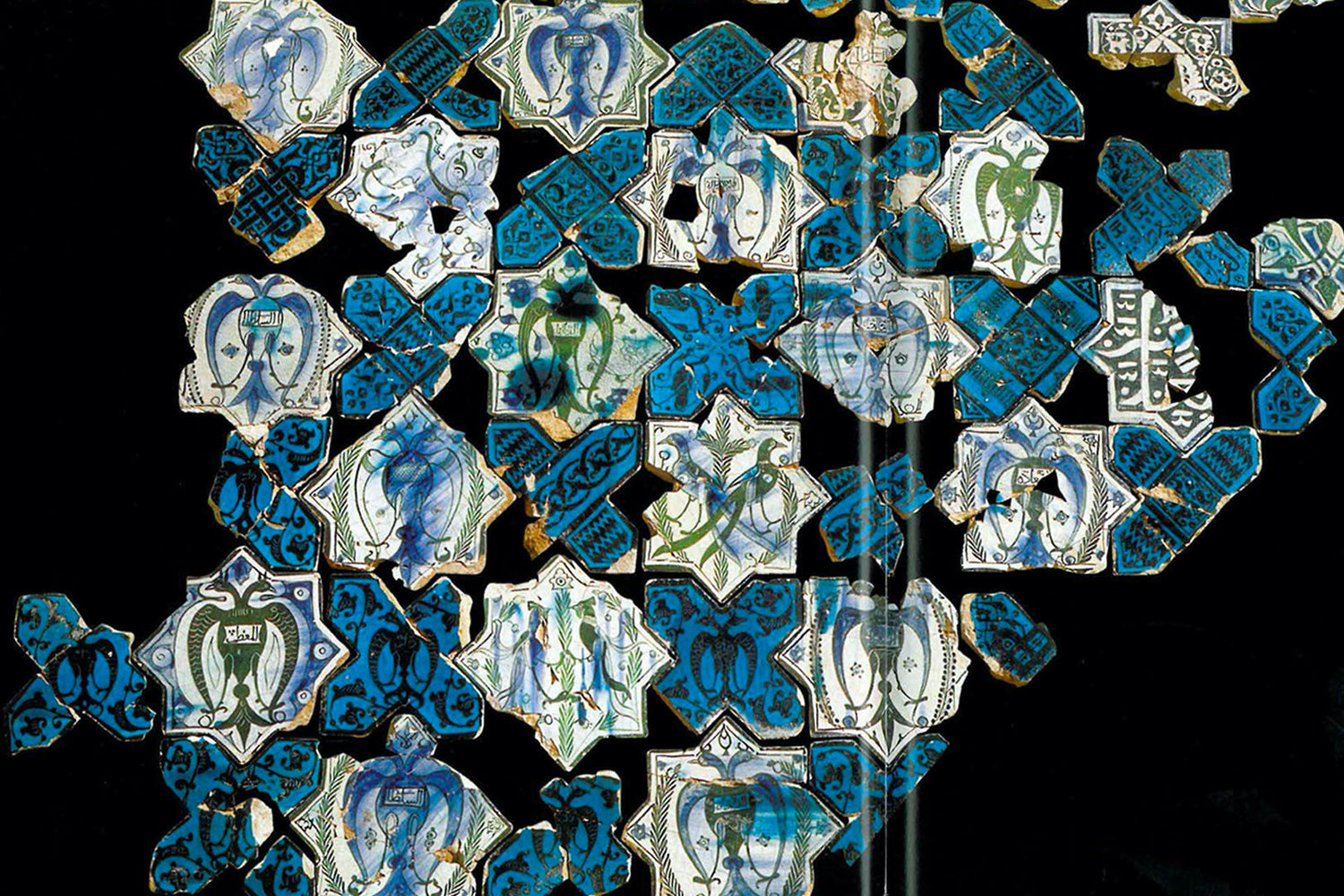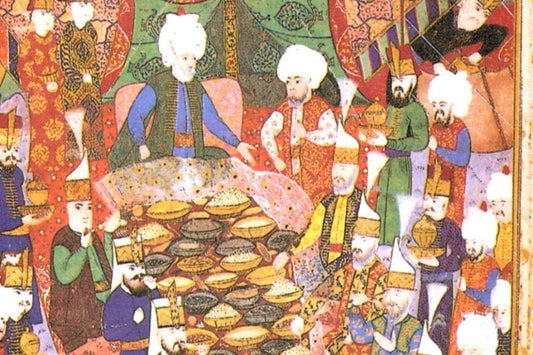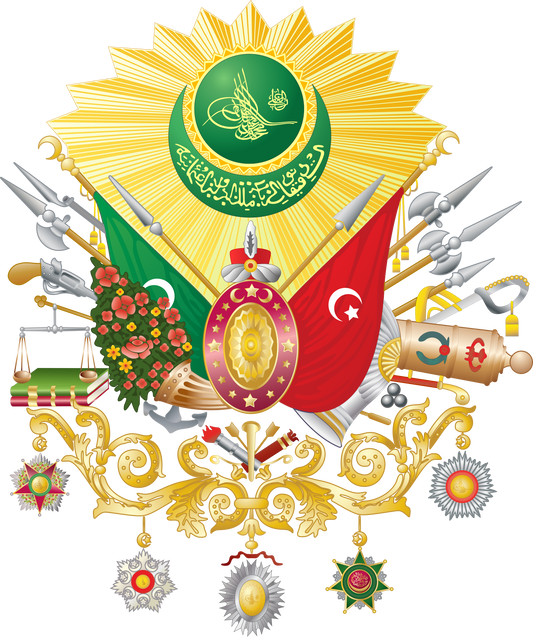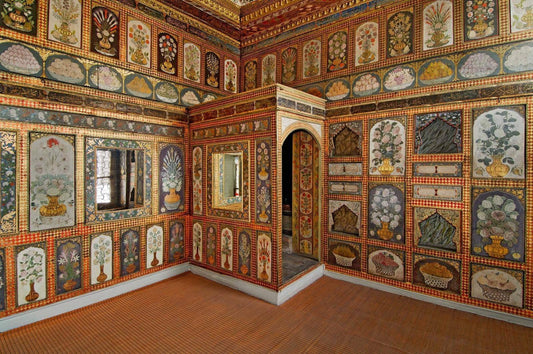The palace is not a haven of pleasure and indulgence for the upper echelons of society, especially the rulers. Undoubtedly, there's that too; however, the palace is an institution where all the skills and creations of ancient and medieval societies were realized at the highest level, in every field, from politics and philosophy to intrigue and development projects, from swordsmanship to love, entertainment, and art. It also serves as an academy where leaders and the upper echelons were trained. Therefore, to understand the palace is to understand a culture at its highest level. We can consider the palaces of the Seljuks, who are often portrayed as "barbarians who conquered this land of deep-rooted civilizations by brute force," as among the assets and environments that best reveal the true nature, qualities, and levels of the people they were.
The famous historian of the Seljuk era, Ibn-i Bibi, describes the foundation of Kubad Abad as follows: "During the Antalya-Alanya campaign, Alaaddin Keykubad I stopped by the shores of what was then called Buhayre-i Gurgurum (today's Beyşehir Lake). There was a lake here with green water as sweet as milk. The Sultan, who was captivated by the lake with waves on it like the folds of velvet, ordered the architect Saadeddin Köpek to build a palace that would resemble heaven in beauty. With his brilliant mind, he drew the plan of the building, made explanations on it and painted the palace. On top of that, Saadeddin Köpek built the mansions, which were very ornate, spacious and filled with many items, with beautiful viewpoints, pleasant pools, and whose arches rivaled the roof of the high sky, in a short time in accordance with the Sultan's order." [Ibn-i Bibi, 362-363].
It's unclear how much time Alaaddin Keykubad had to enjoy his work. The sultan whose life here has become a literary and historical intrigue is his unsuccessful son, Gıyaseddin Keyhusrev II. It's possible that this unlucky prince was involved in the poisoning of his father, the great ruler Alaaddin Keykubad, at a banquet in the Kayseri palace on June 1, 237. When it became clear that he would not be crowned heir, it's suspected that he was involved in the conspiracy with his mother, Mahperi Huand Hatun, the daughter of the former pirate king of Alanya. When Gıyaseddin ascended to the throne, he virtually invited the Mongol disaster into the country, which Alaaddin had kept out of Anatolia with his charismatic authority and brilliant political skills, and by losing the battle he fought with them at Kösedağ near Sivas in 1243, he brought about the end of the Seljuk union. After that, he spent most of his time in the palaces of Kubad Abad and Alanya, and died suddenly in the palace of Alanya, perhaps because he was poisoned(?) like his father.
Kubad Abad, as revealed by research and as seen today, is a complex, a site of ruins , situated on the southwest shore of Lake Beyşehir, in a small alluvial plain at the foot of the Anamas Mountains, a branch of the Taurus Mountains. The complex comprises two structures, the Great Palace and the Small Palace. The Great Palace, situated at the northernmost point of the site, was built on a terrace approximately 50 x 55 meters wide, extending into the lake. The Small Palace is nearly square in size and its exterior surfaces are covered with smooth cut stone. The Small Palace's plan, in its basic form, is reminiscent of the Great Palace. It is also said to have belonged to the vizier and architect Saadeddin Köpek, but this theory remains unconfirmed.
The creators of the richly figurative tiles, used exclusively in palaces and enriching the architecture of Seljuk art, combined their power with the world of symbols to shape the dynamism and aesthetics of Seljuk painting. The tiles of the Great Palace and Small Palace combine an intriguing pictorial style with iconography reflecting the Seljuk symbolic world, creating a magical fairytale atmosphere. The most important figure in this fairytale world, the double-headed eagle, symbol of the palace and the sultan, appears before us in all its majesty, with other birds seemingly flying around it. In Central Asian Turkic mythology, the eagle was considered a protective spirit, associated with nature-related beliefs and shamanism. This is why eagle motifs are found on many weapons of war.
The most common theme among the palace's other interesting and human-figured tiles is the depiction of the sultan and palace dignitaries, seen from the front, sitting cross-legged in a position known as the 'Turkish Sitting'.
Another pattern features a sun figure with a human face. The face is surrounded by stylized floral patterns. The sun motif, majestically placed at the center of the tile, depicts a mask-like human face with thick eyebrows, almond-shaped eyes, mottled cheeks, and a small mouth. The sun symbolizes light, goodness, and power.
The sphinx figure on the tiles is also a source of interest. Sphinxes are winged creatures with lion-like bodies and human heads, whose extraordinary powers protect the public from evil and disease, and the palace from enemies. Some have long hair, while others have winter-like hair. They wear various headdresses.
Finally, the tree of life and bird-shaped star figures were widely used in the palace tiles. The tree of life is the axis of the universe. It is believed that the shaman travels along this axis between the underworld, earth, and sky. The fruit-bearing branches are thought to belong to the pomegranate tree, a symbol of heaven and eternal life. Many of the bird figures in Seljuk ornaments also carry symbolic meanings. In Central Asian beliefs and shamanism, souls are carried to the sky by birds after death. Every person has a guardian spirit in the form of a bird. Upon death, a person ascends to the sky under the guidance of this guardian spirit.
Some of the Kubad Abad Palace tiles, which have many more fairytale motifs, are exhibited in the Karatay Museum in Konya. ('Kubad Abad Seljuk Palace and Tiles, Rüçhan Arık, pp. 43-165 and Paşabahçe Store ''Kubad Abad 'Crystal Tiles''' catalogue).




